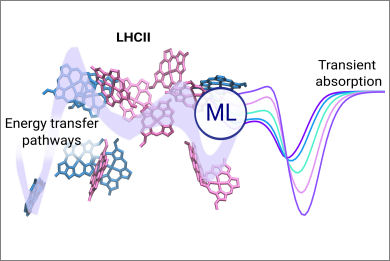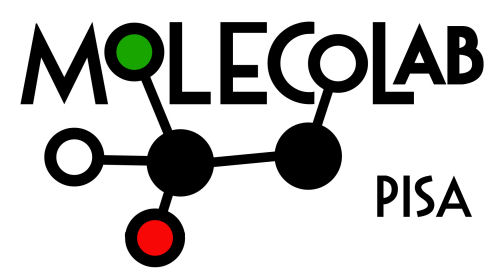
The efficiency of natural photosynthesis relies on the ability of organisms to extract light from the environment. Specialized proteins, coordinating high concentrations of pigments, accomplish this task. After light absorption, a complex dynamics of energy transfer, assisted by the protein, takes place inside the pigment aggregate – the understanding of which would open the way to engineered light-harvesting devices.Light-Harvesting Complex II (LHCII) is the largest antenna of higher plants: energy transfer processes taking place inside its aggregate of chlorophylls have been experimentally investigated with spectroscopic techniques, but the atomistic detail of the pathways followed by energy still eludes the most advanced time-resolved experiments.
Theoretical models, which in principle allow to disentangle experimental data and gain the atomistic detail, have long been challenged by the large size and complex nature of the system.
In our new J Phys Chem B article, we overcome these issues by employing a composite computational strategy combining the strengths of molecular dynamics and machine-learning: the obtained model allows to both reproduce experiments and gain new insights on the energy transfer processes.
Betti, E.; Saraceno, P.; Cignoni, E.; Cupellini, L. & Mennucci, B.
J. Phys. Chem. B (2024). https://pubs.acs.org/doi/10.1021/acs.jpcb.4c01494

